Интегратор ресурсов глобальной логистической цепочки поставок
Интегратор ресурсов глобальной логистической цепочки поставок
With the continuous progress and development of shipping technology, especially the popularization of container transportation, the efficiency of loading and unloading port is greatly improved, so it is very common for goods to arrive at the unloading port before their documents. This situation is more prominent in near-ocean transportation, for example, when China exports goods to countries or regions in east and Southeast Asia, due to the short voyage and the relatively slow processing of documents by banks, therefore, it often happens that the goods arrive and the bill of lading is delayed. Under such circumstances, if the consignee still insists on taking delivery of the goods on the original bill of lading, it may cause the goods to be pressed against the vessel and port at the port of discharge, thus causing the port of discharge to be blocked, and the port charges and storage charges to increase substantially, this may lead to an increase in the cost burden on the carrier or consignee, as well as the loss of a good opportunity for the consignee to sell the goods. 2 to avoid the risk of loss of documents in the international carriage of goods, as long as the carrier issues a bill of lading, in accordance with the Convention on the international carriage of goods, international trade practices and the laws of the vast majority of countries, the consignee shall take delivery of the goods at the port of discharge on the strength of the original bill of lading (however, under the relevant laws of the United States, the consignee on a straight bill of lading is not required to present the original bill of lading when taking delivery of the goods) . Therefore, the bill of lading must pass from the shipper to the consignee regardless of the method of settlement. In the process of bill of lading circulation, may encounter the risk of mail loss. With regard to the risk of loss of shipping documents by mail, banks are not liable under Article 35 of UCP600 and Article 14 of Urc522. Once the shipping documents including the bill of lading are lost, the trader may make a request to the carrier to issue a replacement bill of lading. In order to avoid the loss of the bill of lading holder falsely claimed goods, the carrier is very cautious about this, and the applicant put forward very demanding requirements. Such as pre-announcement, or several times the total value of the goods in cash or bank promissory notes into the carrier's company account, or by the bank to provide the relevant guarantee, and the bank to provide security, and often require traders to provide cash and other counter-security. In this way, not only the traders to occupy a large number of funds, transaction costs increased significantly, but also the time for the issuance of bills of lading, at least a few months, up to more than a year. Therefore, for the consignee or importer with good credit, in order to avoid the risk and cost to the consignee or importer caused by the loss of the bill of lading, sometimes the exporter offers the carrier "telex" delivery. With the opening of China's maritime transport market, the competition between domestic international transport business and freight forwarding business is intense, foreign freight forwarders in China (referred to as foreign freight forwarders or freight forwarders) began to issue their own freight forwarders bill of lading (House b/l) , and form a transport contract with the shipper. At the same time, the foreign forwarder must also find the actual carrier to carry the export goods, that is, the foreign forwarder itself acts as the shipper, and the shipowner issues the owner's bill of lading to it, or instruct the shipper (usually the importer) to issue the bill of lading as required by the shipowner. When the goods arrive at the port of discharge, the holder of the foreign forwarder bill of lading takes delivery of the goods to the shipowner or his agent at the port of discharge after exchanging the bill of lading with the forwarder or his agent at the port of discharge Or first by the freight forwarder or its agent after the owner's bill of lading, the freight forwarder bill of lading holder to freight forwarder or its agent to take delivery of goods. It follows that such a freight forwarder actually has a dual identity: for the shipowner (the actual carrier) , it is the equivalent of the shipper, who arranges for the consignment of the goods and enters into a contract of carriage with the actual carrier, obtain the owner's bill of lading issued by the owner. At the same time, for the owner, this freight forwarder is equivalent to the carrier and to the owner issued their own freight bill of lading. Only when owner's bill of lading (MBL) and forwarder bill of lading (HBL) are used in conjunction, the whole cargo transportation can be completed smoothly. Although UCP600 RECOGNIZES A forwarder bill of lading, that is, the forwarder as the carrier may issue its own bill of lading. In practice, however, not all countries or regions recognize and accept freight bills of lading, as some countries in South America do not currently accept freight bills of lading. If the port of discharge only accepts the owner's bill of lading and does not accept the forwarder's bill of lading, the consignee may not be able to exchange the bill of lading at the port of discharge even if he holds the original forwarder's bill of lading. In this case, the consignee may require the use of "telex" release of goods. (some countries do not accept telex release of B/l, original b/l is required)4 error correction: b/l Operation Error in trade practice, b/l circulation in the process of operation error may also lead to the consignee holding the original b/l can not take delivery of goods. For example, after the carrier has issued a bill of lading (To Order) or a bill of lading (To Order of Shipper) , and the traders have agreed To use remittance or collection for settlement, the Shipper, when sending the shipping document To the consignee, the bill of lading was not properly endorsed for various reasons. When the original bill of lading is received by the importer, the endorsement of the bill of lading lacks continuity and does not meet the basic requirements of the bill of lading operating procedures, that is, the importer can not prove that it is the legal holder of the bill of lading. In this case, the shipping company or its agent at the port of discharge will not release the goods to the holder of the bill of lading. At this point, if the bill of lading back to the shipper additional endorsement, may lead to delay. As a result, the importer holding a bill of lading without the shipper's endorsement, in order to pick up the goods as soon as possible, usually require "telex release" goods. 5rendered = telex Release? The words "Surrendered" or "Telex Release" are usually displayed on the bills of lading. Thus, a Telex bill of lading is rendered in English as a rendered BL or Telex Release Bl, while an original BL is an original bill of lading. According to the Oxford Dictionary of modern legal terminology, "Surrender" in legal parlance means "to give up something" . Therefore, the telex bill of lading is marked "rendered" , indicating that its issuer does not intend to give the document the proper title function. The Telex Release on the bill of lading indicated that the delivery of the goods under that document was different from the original bill of lading. The general perception is that "rendered" and "Telex Release" are the same or that there is no difference between the two. Well, technically, there's a difference. 2) Telex Release Bill of lading with the words "Telex Release" indicating that the consignee designated by the shipper shall take delivery of the goods at the port of destination by Telex Release.
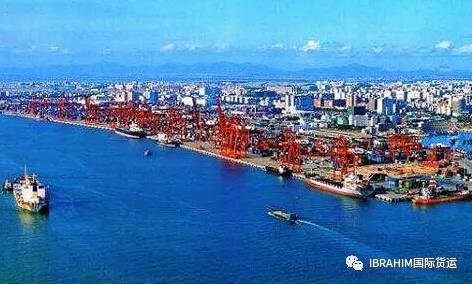
In the practice of maritime transport, we often encounter documents which are different from the original bill of lading. What are the differences between them and the general bill of lading, and what are their special purposes. Telex bill of lading is different from General Bill of lading telex release of goods. The foreign carrier shall keep the full set of original b/l and notify the agent at the port of destination. The consignee may take delivery of the goods upon presentation of a copy of the b/l with the official seal of the original and a letter of guarantee. Telex Release, surrender and other words are usually on the bill of lading. A "surrender bill of lading" with the words "Surrendered" is taken at the port of destination by the consignee designated by the shipper in accordance with its identity, while a "Telex Release bill of lading" with the words "Telex Release" is taken by the consignee in accordance with the "surrender bill of lading" faxed copy. Where an original bill of lading should be issued or has been issued, the freight forwarder applies to the shipping company, at the request of the shipper or at the request of the shipper, without issuing the original bill of lading or withdrawing all the original bills of lading issued, notify its agent at the port of destination by e-mail, fax, telex, etc. to deliver the goods to the consignee named in the bill of lading. The use of telex release is not without a bill of lading. Just do not produce the original bill of lading (if it has been issued, it must be fully recovered) , and produce a copy of the bill of lading. When the shipper applies for telex release, it is usually required to issue a company guarantee. The contents of the letter of guarantee usually include: name of shipper, name of vessel and Voyage, Bill of lading number, date of sailing and unconditional disclaimer. When the carrier agrees to the discharge, some issue a discharge letter, some give a discharge number (such as a password, for Arabic numerals or English letters) . Sea waybill differs from bill of lading in that it is between original bill of lading and telex bill of lading. That is, there is the role of the original, and enjoy the fast discharge. A Sea WAYBILL is a non negotiable document which certifies that the contract of carriage by SEA and the goods are taken over or shipped by the carrier and that the carrier undertakes to deliver the goods to the consignee named in the document. It is not a document of title, therefore, it is not transferable. The consignee does not take delivery of the goods on this basis but on the advice of arrival. Therefore, the consignee of the sea waybill should fill in the name and address of the actual consignee. At the same time, there are a number of shipping companies, do electric discharge is charged, but, WAYBILL is no cost. The safest thing to do is get paid to be an S.E.A. WAYBILL . In recent years, the trade community in Europe, North America and some parts of the Far East and Middle East has become more and more inclined to use non-negotiable sea waybills, mainly because of their convenience for buyers to take delivery of goods, simplification of procedures and cost savings. The Sea WAYBILL is similar to the Telex Release bill of lading, in which the Shipping Company sends you a copy of the bill of lading (a fax) by which you can take delivery of the goods to the foreign consignee. Seaway bill is usually a big contract customer of the Shipping Company, only then has uses the WAYBILL ! From the side, this consignee is the VIP of the Shipping Company! A Sea waybill is different from a bill of lading. Article 80 of the Maritime Law of the People's Republic of China stipulates that the carrier issues a document other than a bill of lading to prove receipt of the goods to be shipped, this document is prima facie evidence of the conclusion of a contract of carriage of goods by sea and the acceptance by the carrier of the goods listed therein. Such documents issued by the carrier are non-transferable. Thus, a sea waybill, like a bill of lading, can be used as a receipt for the goods and as a proof of the contract of carriage, but it can not be transferred by endorsement and therefore does not require the presentation of the original sea waybill to the carrier at the time of delivery. In addition, the sea waybill is not a document of title, nor a document of delivery of the goods. It can only be named and can not be signed "TO ORDER" . Sea waybills are applicable to the liner transport of manufactured goods that are not resold en route; sales to a branch of a Transnational Corporation or to an associated company or to trade between related companies; sales on the basis of book-keeping loans; The mode of settlement shall be direct remittance, current account and cash trade; other trade that does not require letter of credit. The WAYBILL COPY can pick up the goods, but the CONSIGNEE must be able to prove that he or she is CONSIGNEE. The biggest difference between WAYBILL and b/l is that the WAYBILL is a bill of lading if you can prove that you are CONSIGNEE, whereas the original bill of lading is a security of title if you have the bill of lading in your hand, it doesn't matter if it's a genuine CONSIGNEE or NOTIFY. Most of the people coming out of the WAYBILL are vips with long-term relationships. (1) the carrier shall transmit a copy of the owner's Bill of lading to the forwarder; (2) The forwarder shall fax the copy of the Bill of lading to the shipper for confirmation; (3) after the shipper confirms the Bill of Lading, the forwarder shall fill in the discharge application and send it to the forwarder; (2) The forwarder shall send a copy of the Bill of lading to the forwarder; (3) after the shipper confirms the Bill of Lading, the forwarder shall send the discharge application to the forwarder;. (XXX stands for Carrier's Name or forwarder) please release the consignment to the consignee as specified below under b/l not submitting the original of the company)4) forwarder shall transmit the application for discharge to the Carrier; 5) if the Carrier agrees to discharge, the discharge letter or discharge number shall be transmitted by the forwarder to the shipper after loading of the goods; 6) the shipper shall transmit the discharge letter or discharge number to the consignee, and the consignee shall take delivery of the goods at the Carrier's agent's office at the port of destination with the discharge letter or the discharge number and a copy of the bill of lading. 2. The owner's bill of lading is discharged by electricity and the forwarder issues the original forwarder's bill of lading. In such case, the carrier shall transmit a copy of the bill of lading to the forwarder for confirmation. The shipper on the bill of lading shall fill in the forwarder's name and the consignee shall fill in the forwarder's agent at the port of destination; the forwarder shall, after confirmation, apply for a discharge; if the carrier agrees, transmit the discharge letter or discharge number to the forwarder; and finally the forwarder's agent at the port of destination shall take delivery of the goods from the forwarder's agent at the port of destination. On the other hand, the forwarding company issues the original forwarder bill of lading to the shipper, the shipper on the bill of lading fills in the shipper's name, the consignee fills in the destination port consignee's name, the destination port consignee with the original of the bill of lading at the destination port, from the forwarder's agents. The original b/l is issued by the shipowner, and the freight forwarder's bill of lading is handled by the freight forwarder, the shipper on the bill of lading is the freight forwarder, the consignee is the freight forwarder's agent at the port of destination, and the freight forwarder's agent at the port of destination takes delivery of the goods against the original b/l. The consignee shall take the goods from the forwarder at the port of destination on the strength of the telex letter or telex number. Payment shall be made by letter of credit or collection. 2. Instruction Bill of lading or blank bill of lading
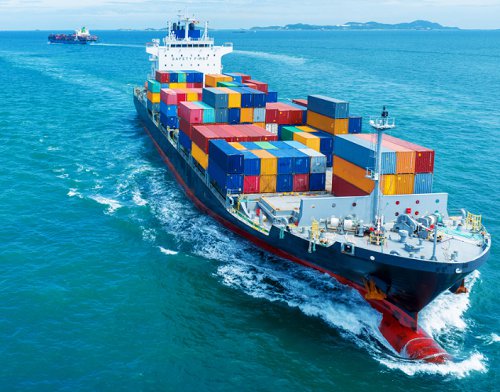
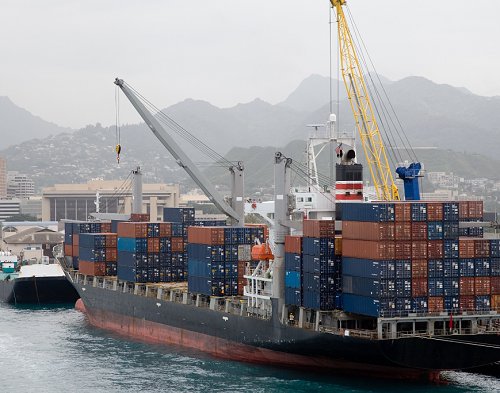
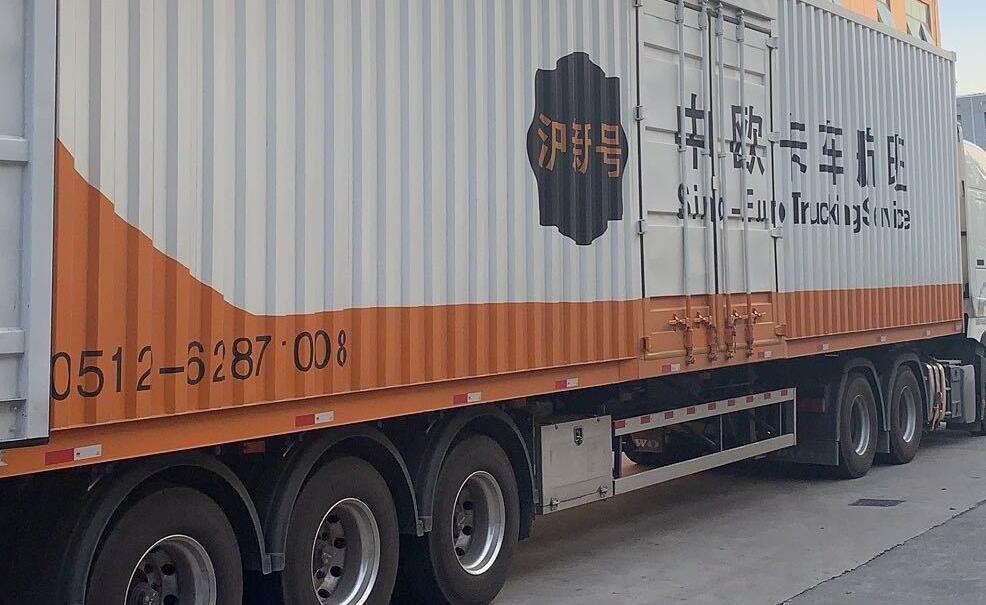
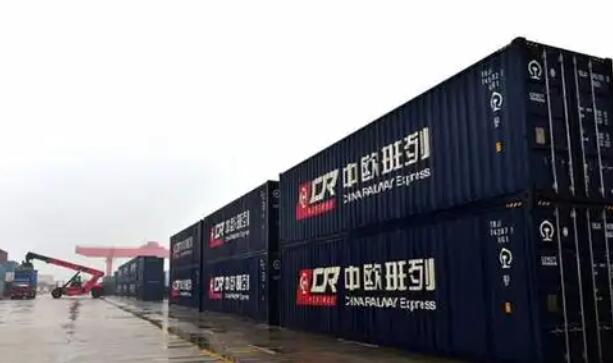





Услуги китайско-русской компании Sasha Logistics Group по международным грузоперевозкам и таможенному оформлению импорта предоставляют вам обновленную информацию о перспективах международной логистики, чтобы вы знали о новостях международной торговли и экспедирования грузов.

2025-12-25

2025-12-25